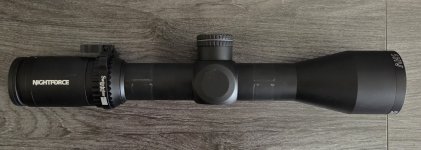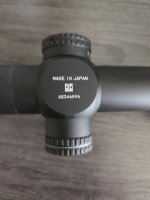For argument's sake- lets say you found yourself having dinner with the world's foremost WWII historian- what would you ask them?
- The Bear Pit
- 53 Replies
France was the 5th country Germany invaded. Austria Czechoslovakia Poland Norway came before France. You said France was 1st, that is not correct. Also Germany was pushing in Africa with aspirations to reach the middle east, there were more than 2 fronts and a Naval war.
My question is a bit multi faceted but would be. Had Roosevelt not passed away in April of 45, do you think he would have pushed back against the Soviets grabbing a strong position in China, Korea and Eastern Europe as the fighting stalled out momentarily. Did the Soviets take advantage of Truman? Would this have avoided many of the hold over “cold war” conflicts we fought not long after German and Japan surrender, resulting in Russia becoming the “enemy”?
Don't forget Belgium, Luxembourg and Holland... Germans went into France through the Ardennes and Holland in the North and Lux in the South. I mean... those were speedbumps. But they were 'sort of' relevant countries. In a speed bump sort of way.
Doubt Roosevelt would have served his full second term (several references say that he was planning on finishing the war and resigning... which makes Truman a more interesting Veep choice.) But if he had kept up, he had a much better ability to push Stalin. And he likely WOULD have pushed for an Israel. Because he had been pushing it before hed died. But he died. And Truman had no insight into the discussions with Ibn Saud or the Roosevelt recognition of the Balfour Agreement or similar. Truman thought it a distraction and had no interest in Israel. In fact... he wanted to prevent an Israel to protect Aramco and US interests in the newly-emerging strategic Gulf region.
That said, I think (and this is opinion) Stalin thought Roosevelt weak and dying. So might have pushed him harder. Roosevelt thought his charm and persuasion could win over Stalin. I have a hunch Stalin saw another old dying rich American establishment guy and would have steamrollered Roosevelt more than he got away with when it came to Truman. Who was a 'street fighter' and was not going to get pushed by a commie thug.
But this is all speculation.
Cheers,
Sirhr




